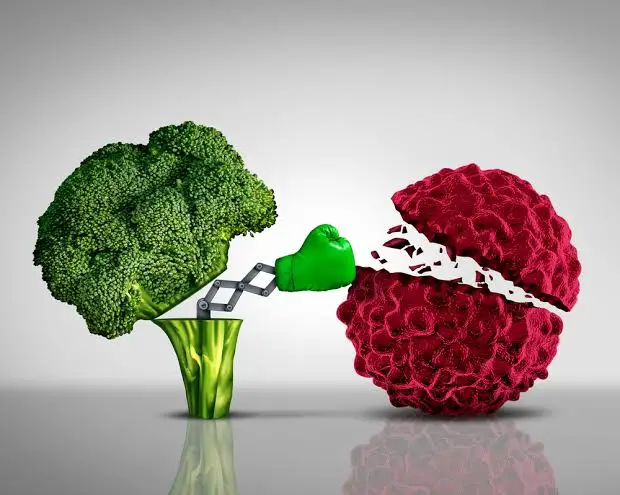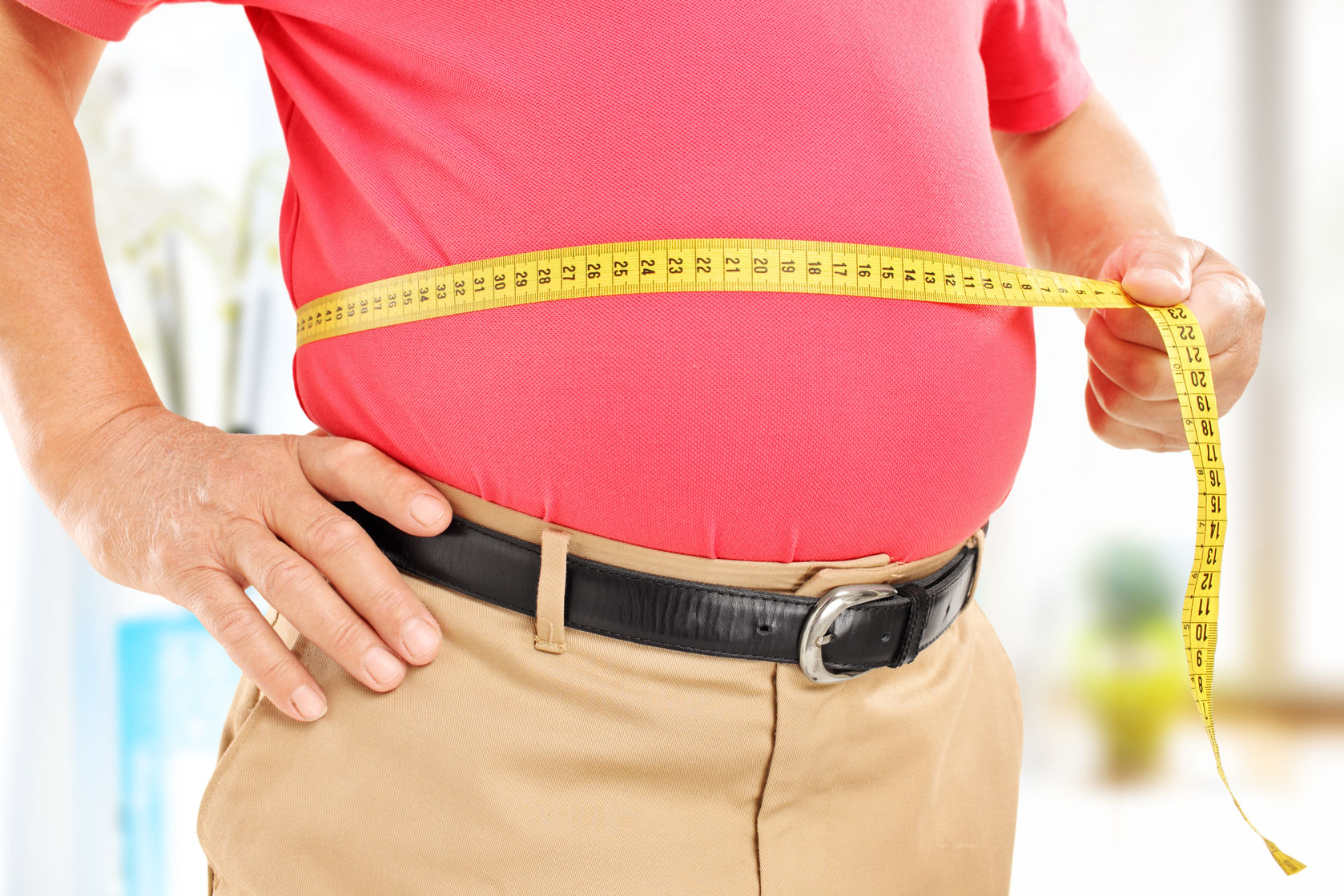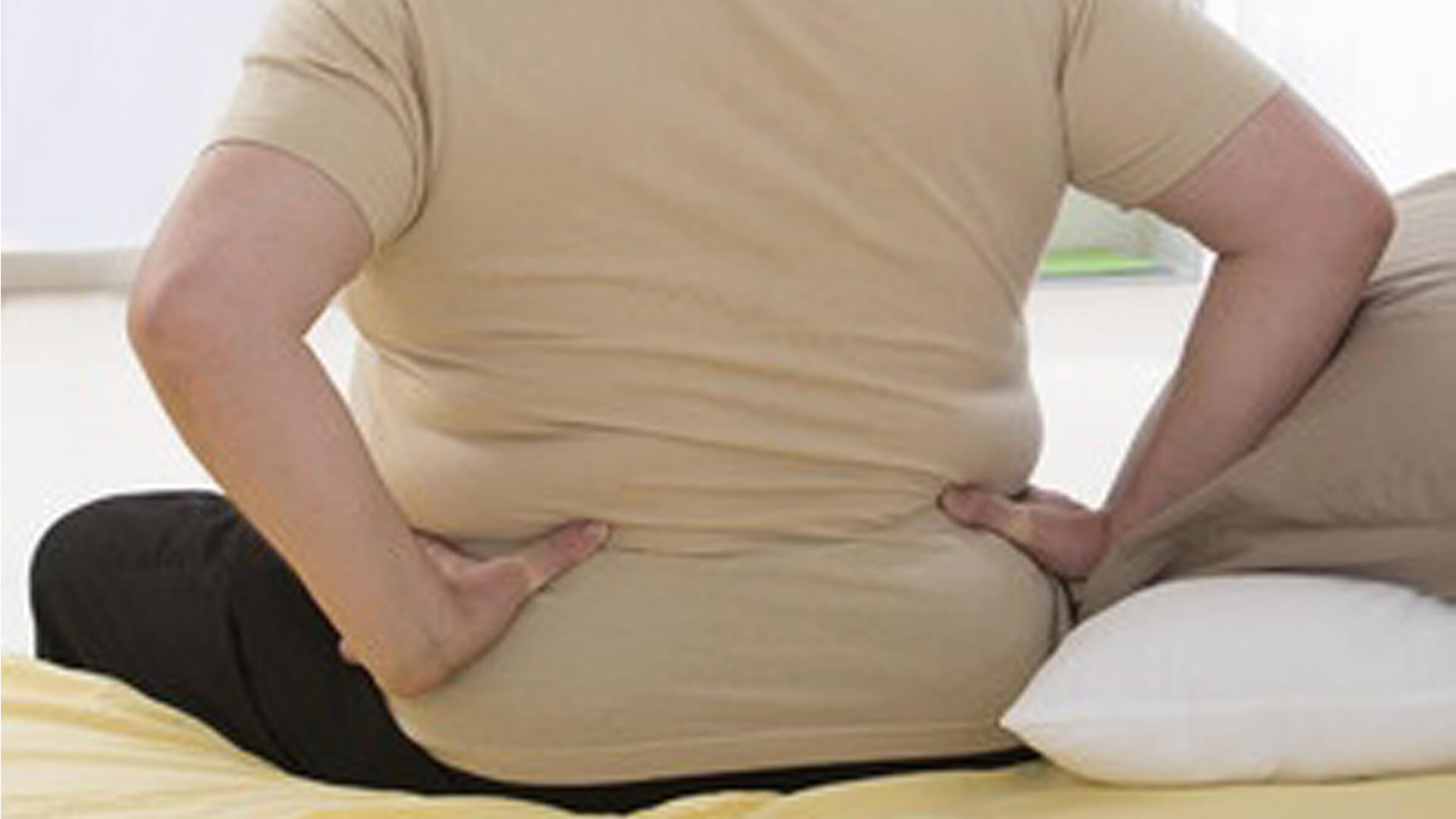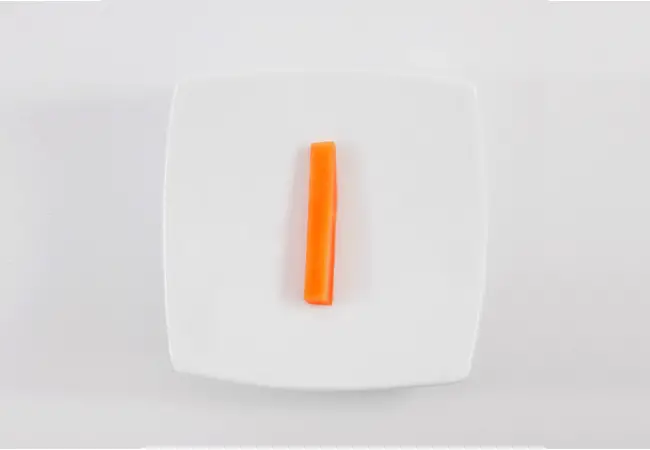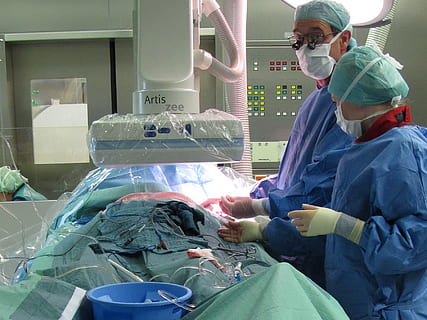Article reviewed and approved by Dr. Ibtissama Boukas, physician specializing in family medicine
How to lose weight when you suffer from back pain. Before discussing possible solutions such as intermittent fasting, anti-inflammatory diet or other, it is important to know the theory related to weight loss.
This article, adapted to people with low back pain, is an integral guide to better understand the theoretical concepts related to weight loss. If you are overweight or want to lose a few extra pounds in order to reduce your pain, you have come to the right place.
Why do calories matter?
Everyone talks about calories in nutrition. What exactly is a calorie?
Simply explained, it is a unit of measurement. For example, kilograms are used to measure weight, or meters are used to measure distances. Now, what exactly is a calorie?
Calories measure the energy value of a food. Basically, it quantifies the energy provided to the body by the food consumed. The majority of calories ingested are used to run your body (brain activity, maintaining body temperature, digestion, etc.). Physical activities, on the other hand, also use calories as energy.
It must be understood that weight loss revolves around one and only one premise:
« You have to create a caloric deficit to hope to lose weight. »
No matter how much you eat fruits and vegetables, avoid red meat and fried foods, eliminate carbonated drinks, reduce red wine, you will not be able to lose weight if the calories you eat are higher than those you expend.
Here's another way to conceptualize weight loss (as a calorie balance):
- If you consume as many calories as you burn, your weight will stay the same (weight balance).
- If you consume more calories than you burn, weight gain will result. This means that your caloric intake is greater than your body's needs.
- If you burn more calories than you consume, then you are in a calorie deficit. To maintain its vital function, your body will have to draw on its reserves (often fat). This will result in weight loss.
Macro and micronutrients: The basis of the diet
The calories consumed come from the nutrients you ingest on a daily basis. There are 2 types of nutrients from the diet: macronutrients and micronutrients. It is important to know them well to better choose your food the next time you go to the supermarket.
What is a macronutrient? These are ingested lipids, carbohydrates and proteins providing the calories necessary for the proper functioning of the human body. Alcohol is also a macronutrient, but we won't talk about that in this program.
Ideally, we would like to lose weight by eliminating fat (often excessive), while maintaining adequate muscle mass to protect our back. The method proposed in the following chapters will allow you to optimize weight loss without harming your back (quite the contrary!).
What about micronutrients in all this? These are minerals, vitamins, trace elements, amino acids, etc. Since they are not synthesized by the body, they must absolutely be provided by food. They do not contain calories as such, but they are essential for the functioning of the body. A micronutrient deficiency can cause health problems (sometimes serious!), and in particular prevent the optimal healing of your back pain!
Why an anti-inflammatory diet?
You should know that inflammation is associated with pain. In the case of back pain, inflammation is also responsible for morning stiffness, nighttime pain, and radiating pain in the leg. Certain conditions such as ankylosing spondylitis and some types of arthritis arise from a generalized inflammatory reaction.
In addition to back pain, inflammation is linked to several diseases such as diabetes, heart problems, liver problems, Alzheimer's disease, and cancer. Intestinal disorders can be linked to chronic inflammatory bowel diseases (such as Crohn's disease).
So you understood that chronic inflammation should be avoided as much as possible. The problem is that a poor diet increases the level of inflammation in the human body. Adverse reactions such as insulin resistance, damage to arteries, increased free radicals, and of course weight gain can be observed.
A anti-inflammatory diet use foods rich in antioxidants (which reduce free radicals and therefore inflammation). It also decreases inflammation markers in the human body. Similarly, fiber intake reduces inflammation in addition to reducing your satiety. In short, this type of food, if it is dosed, provides the sources of micro and macronutrients necessary for vitality and optimal health.
It is for this reason that we have to bet on an anti-inflammatory diet in this program by favoring foods that fight inflammation, and avoiding others that make it increase. This will have the effect of making you lose weight, in addition to relieving your pain, slowing down and avoiding the appearance of chronic diseases, and reducing your dependence on medication!
The right time to eat
How many meals should you eat per day? Is breakfast the most important meal? Should you deprive yourself of dinner to lose weight?
Contrary to the myths conveyed, the distribution of meals is not obliged to follow a precise structure in order to lose weight. As long as you are in a calorie deficit, and the calorie intake is less than your daily energy expenditure, you will see results.
So yes, you can eat carbohydrates after 18 p.m. (even more so if they come from unprocessed foods, and are part of your daily calorie intake).
Yes, you can skip breakfast if you have no appetite in the morning. And you can even limit your meals to 1 to 2 times a day if it fits more easily into your schedule.
It is on this premise that intermittent fasting is based. Basically, we alternate between a fasting phase in which we give up food completely (apart from non-caloric drinks such as black coffee, water or tea), and a meal phase in which we eat normally.
As a bonus, intermittent fasting has several additional health benefits. Among them, there is a decrease in insulin production, an increase in growth hormone secretion, cleansing of the body and an increase in lipid metabolism (the body draws on fat reserves to function).
The problem is that intermittent fasting is not applicable or suitable for everyone. Some people need breakfast to function, or their energy levels (and mood!) won't be at their best. Others get downright dizzy and feel bad when they haven't eaten for a long time. If this is your case, don't worry, we'll show you an easier way to lose weight!
Food supplements, shortcut to weight loss?
It was previously said that micronutrients cannot be metabolized by the body. This means that it is absolutely necessary to draw them from the diet. Nowadays, there are dietary supplements that allow you to consume essential micronutrients in isolation (most often, in the form of pills).
What about dietary supplements? Will they make you lose weight and improve your back health? The food supplement industry has passed on the idea that these were essential if you wanted to lose weight. Contrary to popular belief, they have minimal impact on weight loss.
Already, scientific studies on the subject are generally of poor quality. Then, weight loss supplements have several ingredients, which makes it difficult to isolate the ingredient with a real impact on weight. Then, some dietary supplements can have notable side effects, as well as interactions with certain medications. For these reasons, we recommend that you contact your doctor before consuming any food product or supplement.
And what about the effect of dietary supplements on back pain? Again, their effectiveness is mixed. This is because there are few quality scientific studies showing a significant reduction in back pain. On the other hand, we can empirically observe the favorable effects of certain natural products available on the market:
Glucosamine and chondroitin
Glucosamine and chondroitin are supplements often used for joint pain. Moreover, they are present naturally in the body, in the synovial fluid and the cartilage surrounding the joints. They are also used in the treatment of osteoarthritis-type knee pain, with encouraging scientific evidence.
For back pain, on the other hand, the studies are limited and do not seem as encouraging. However, some doctors choose to prescribe these supplements to their patients with back pain.
Vitamin D
There is some evidence indicating a link between vitamin D deficiency and chronic pain. Studies have shown an improvement in symptoms in people with low back pain who used vitamin D supplementation.
With this in mind, some doctors offer to regulate the level of vitamin D in patients suffering from chronic pain, and to offer supplements to help them reduce their back pain.
omega 3
Fish oil is said to have anti-inflammatory properties. It contains EPA and DHA, which act on a number of receptors involved in inflammation.
As anti-inflammatories come with a lot of side effects (gastric ulcers, dyspepsia, etc.), the use of Omega 3 as an alternative can be an interesting solution.
If ever the anti-inflammatories cause you stomach pains, discuss with your doctor the possibility of replacing them with Omega 3 capsules.
In sum: We do not recommend the use of dietary supplements for weight loss. For your back pain, you can try each supplement offered in isolation for 2-3 weeks to see if it has a beneficial effect on your pain. In any case, seek the advice of your doctor before consuming any product.
Learn to read food labels
You are now comfortable with the concept of calories. You also know that macronutrients like fats, carbohydrates and proteins provide the calories that make your body work.
Concretely, how can we determine the amount of calories in the food consumed? It's simple: By referring to food labels (also called a nutrition table, or nutrition facts table).
The Nutrition Facts table is present on almost all the foods we eat. It is even mandatory by law in many countries around the world.
This table is the basis for understanding what we eat, and counting calories. In addition, it informs us about the amount of lipids, carbohydrates and proteins in the foods we consume. In reality, not all of these macronutrients contain exactly the same amount of energy:
- 1 gram of fat contains 9 calories
- 1 gram of carbohydrate contains 4 calories
- 1 gram of protein contains 4 calories
In most food Nutrition Facts tables, the number of calories is measured per 100g of product. Take for example pain au chocolat, a food often eaten for breakfast:
We find that 100 grams of pain au chocolat contains 24.9 grams of fat, 45.9 grams of carbohydrates and 6.9 grams of protein. To better visualize calorie intake, we will take a single pain au chocolat as a reference point. In a pain au chocolat (which weighs 45 grams), there are:
- 11.2 g of fat (corresponding to 11.2 x 9 calories/g of fat)
- 20.7 g of carbohydrates (corresponding to 20.7 x 4 calories/g of carbohydrates)
- 3.1 g protein (corresponding to 3.1 x 4 calories/g protein)
In other words, a pain au chocolat contains
- 100.8 calories from fat
- 82.8 calories from carbohydrates
- 12.4 calories from protein
And 196 calories when you add it all up!
I count my calories
You now know how to count the number of calories of each food from food labels. Now, you will have to accumulate them to determine your daily calorie intake.
I know, it's not always easy to calculate your daily calories. And it is above all constraining and boring…
How can you count your calories in a simple way? Fortunately, there are apps on the phone that allow you to do this without much effort. The app " MyFitnessPal » is a free application available on Iphone and Android. Here's how to use it:
- Download the app MyFitnessPal on your phone.
- Enter your personal information and objectives only if you wish (we already show you how to do so as part of this program)
- In the “Journal” section, click on “Add a food” and write down the food consumed during your meal.
- There's also a barcode you can tap. This will allow you to scan the foods you eat via your phone, and thus capture the nutritional information of each food.
- Adjust the portions according to what you eat.
- Press "Validate"
- Here you have the number of calories for each food consumed, which you can add to other foods to determine the total calories consumed at each meal.
- If you usually eat the same foods, you can save your meals and reuse them in the following days.
Food volume (or something to be less hungry)
What is the #1 enemy of any weight loss diet? Hunger…
We all have in mind the idea that we must consume a minimal amount of food to lose weight. A small piece of bread here, half a glass of orange juice there. Hello cravings!
What if I told you that it is possible to consume reasonable amounts of food that could cut your hunger, while allowing you to lose weight?
To explain this concept, let's refer to the concept of food volume. Normally, the higher the amount of food ingested, the more our feeling of satiety is fulfilled (logical, right?). Let's look at the following 2 nutrition facts tables together:
On the one hand, we have our previously discussed pain au chocolat. Remember that a pain au chocolat contained 196 calories.
On the other hand, let's take a small size potato (38 grams). This contains 22 calories.
We can see from the tables that a pain au chocolat contains almost 9 times more calories than a potato! (196 against 22!). This means that in terms of pure caloric intake, eating 9 potatoes provides as many calories as a single pain au chocolat.
Interesting thing: We see through these food labels that it is possible to consume foods considered "less good for health" (like chocolate bread), as long as they respect the number of daily calories allowed. In short, you don't have to eat only salads and vegetables 24 hours a day. It's possible to indulge once in a while, mainly because the calorie count will stay the same (as long as you adjust the amounts, of course!).
Small problem: All foods contain micronutrients. In general, processed foods come with a poor amount of vitamins, minerals, etc. compared to foods considered "healthy". Thus, it is best to maximize healthy foods in our diet to optimize our long-term health and vitality.
Little problem #2: Did you know that the action of metabolizing and digesting food requires energy? In other words, the very act of ingesting calories requires calories from your own body! This concept refers to the thermal effect of food (TEF or “Thermic Effect of Food”), that is to say the energy expenditure required to assimilate the nutrients in our diet.
How does TEF make you feel less hungry? It's simple ! There are foods that generate greater energy expenditure compared to others. Thus, our body needs to provide more energy to digest them.
You're in luck, because many of the anti-inflammatory foods featured in this program are high in TEF and great for health and vitality. This means that we can consume more than reasonable quantities, and thus minimize our hunger.
Another way to lose weight
Diet is the method of choice for weight loss. But we must not forget the other way to burn calories, and create a calorie deficit. As a bonus, this way is very effective for treating back pain: It's all about physical activity.
Take for example Alain, a 46-year-old man who consumes 2000 calories a day. Suppose he expends 1700 calories a day in total. We realize that Alain remains in a calorie surplus. So what can he do to lose weight?
Fortunately, Alain jogs on a daily basis, and thus burns 400 calories a day through running. If we include this additional expense in our total calorie balance, we realize that Alain burns 2100 calories per day (1700+400). He is therefore ultimately in a calorie deficit. Great!
Now, not everyone is able to hit regular jogging sessions. If ever Alain develops back problems, what options can he have? Here is a list of achievable physical activity despite back pain.
The important thing is to find an activity that you tolerate, even if it means adapting it according to your needs and your condition. Don't forget that physical activity should also give you pleasure. No need to force yourself to cycle or swim if you hate it. Keep your body moving, and your back will thank you.
In short, it is essential to create a calorie deficit through food to hope to lose weight. But you can also combine physical exercise to burn more calories, and at the same time improve your health.
These small gestures that make a big difference
We didn't teach you anything new when we told you about the benefits of exercise for weight loss. But when we talk about exercise, we often refer to a sports session, or even a hobby. What about small daily gestures? Can they make a difference?
For example, deciding to take the stairs instead of the elevator, or vacuuming on a nice Sunday morning, are unplanned activities. On a smaller scale, changing position while seated or even stamping your foot burns a few calories.
These small gestures of daily life allow you to spend calories without you really realizing it. Called “NEAT” (Non-Exercise Activity Thermogenesis), they are possibly the most underrated weight loss method. Guess what ? These daily actions also have a positive effect on your back!
How to apply the concept of "NEAT" in your daily life to lose weight, in addition to improving your posture and relieving your back pain? It's simple: By doing exercises to straighten your back!
Here is a series of exercises in a seated position that can help you correct your posture (notice to those who have a desk job!). In addition, they will help you lose extra calories by increasing your energy expenditure:
Cervical retraction
- Sit down keeping your head straight.
- Retract the chin horizontally towards you, so as to create a “double chin”. (Avoid tilting your head too much downwards by keeping your gaze horizontal).
- Return to the initial position, avoiding throwing your head too far forward.
- Repeat ten times, adjusting the range of motion to your comfort level.
Back extension
- Sit down keeping your head and back straight.
- Grab the back of your neck with your hands, keeping your elbows pointing forward (as shown).
- In the same movement, bring your elbows up, your back extended and your head back.
- Slowly return to the initial position.
- Repeat ten times, taking breaks as needed.
Scapular retraction
- Sit down keeping your head and back straight.
- In the same movement, bring the arms and shoulders back, squeezing the shoulder blades for 3 seconds.
- Return to the initial position.
- Repeat ten times, taking breaks as needed.
You can do these exercises as regularly as you want (for example, during your breaks or even better, every hour while you are at work).

